Ask AI on The Internet
Question: How should a teacher handle learners who leave the classroom without permission? What measures can be taken to prevent this behaviour?
Addressing the issue of learners leaving the classroom without permission requires a combination of clear expectations, consistent consequences, and proactive strategies. Here are some steps a teacher can take to manage and prevent this behavior: ### Immediate Actions: 1. **Calmly Address the Student**: If a student leaves the classroom without permission, it's important to remain calm. Reacting with anger or shouting can escalate the situation. Instead, calmly let the student know that this behavior is not acceptable. 2. **Follow Up Privately**: Have a private conversation with the student to understand the reasons behind their behavior. There might be underlying issues such as anxiety, needing a break, or personal issues that they are not comfortable discussing in front of the class. ### Preventative Measures: 1. **Set Clear Expectations**: - **Classroom Rules**: At the beginning of the school year, establish and communicate clear rules about leaving the classroom. - **Permission Protocols**: Implement a clear procedure for asking to leave the classroom, such as raising a hand or using a hall pass system. - **Consequences**: Clearly outline the consequences for leaving the classroom without permission and consistently enforce them. 2. **Create a Structured Environment**: - **Engaging Lessons**: Ensure lessons are engaging and meet the diverse needs of learners, reducing the desire to leave due to boredom or frustration. - **Routine Breaks**: Schedule regular breaks if possible, giving students a chance to leave the room in a controlled manner. 3. **Build Relationships**: - **Trust**: Develop strong relationships with students, so they feel comfortable discussing their needs and challenges. - **Counseling Resources**: Be aware of and utilize school counseling services to support students who may have underlying issues affecting their behavior. 4. **Improve Classroom Management**: - **Seating Arrangements**: Position your seating so that you have a clear view of all exits. - **Engagement Strategies**: Use engagement strategies like interactive activities, group work, or technology to keep students actively involved in lessons. 5. **Consistent Enforcement**: - **Follow Through**: Ensure that you consistently follow through with consequences if a student leaves without permission. Consistency helps reinforce the seriousness of the rule. - **Document Incidents**: Keep a record of incidents to identify patterns or frequent offenders. This can be helpful in conversations with parents or guardians and in developing targeted interventions. 6. **Involve Parents and Caregivers**: - **Communication**: Inform parents or guardians about the issue and seek their support in addressing the behavior. Sometimes, issues at home can affect behavior at school, and parents can offer valuable insights. 7. **Positive Reinforcement**: - **Rewards System**: Implement a system to reward positive behavior, such as adhering to classroom rules and procedures. - **Acknowledge Good Behavior**: Publicly acknowledge and reward students who follow the rules, providing positive models for others. 8. **Adaptive Strategies**: - **Flexible Seating**: Offer supervised flexible seating options for students who may need to stand or move around. - **Individual Plans**: Develop individual behavior plans for students who repeatedly exhibit this behavior, possibly involving input from special education professionals if necessary. By combining these methods, teachers can create a classroom environment that minimizes the likelihood of students leaving without permission while addressing the root causes of the behavior.
Think your answer is better than the AI's? Post it below.
Other Most Relevant Posts:
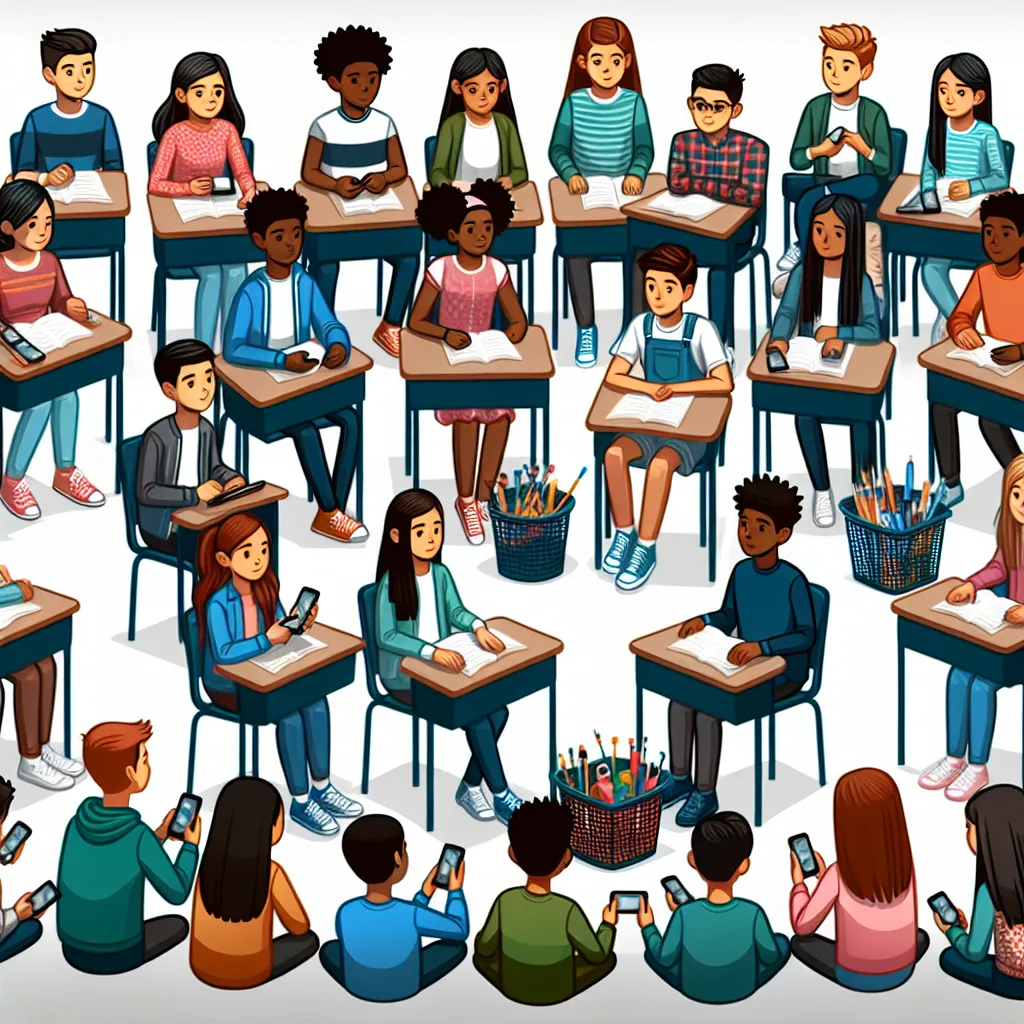 Ask AI: What would you suggest as a solution to the problem of learners using their phones during class? How can this behaviour be minimized or eliminated
Ask AI: What would you suggest as a solution to the problem of learners using their phones during class? How can this behaviour be minimized or eliminated
If you want your question answered by an AI, click here.
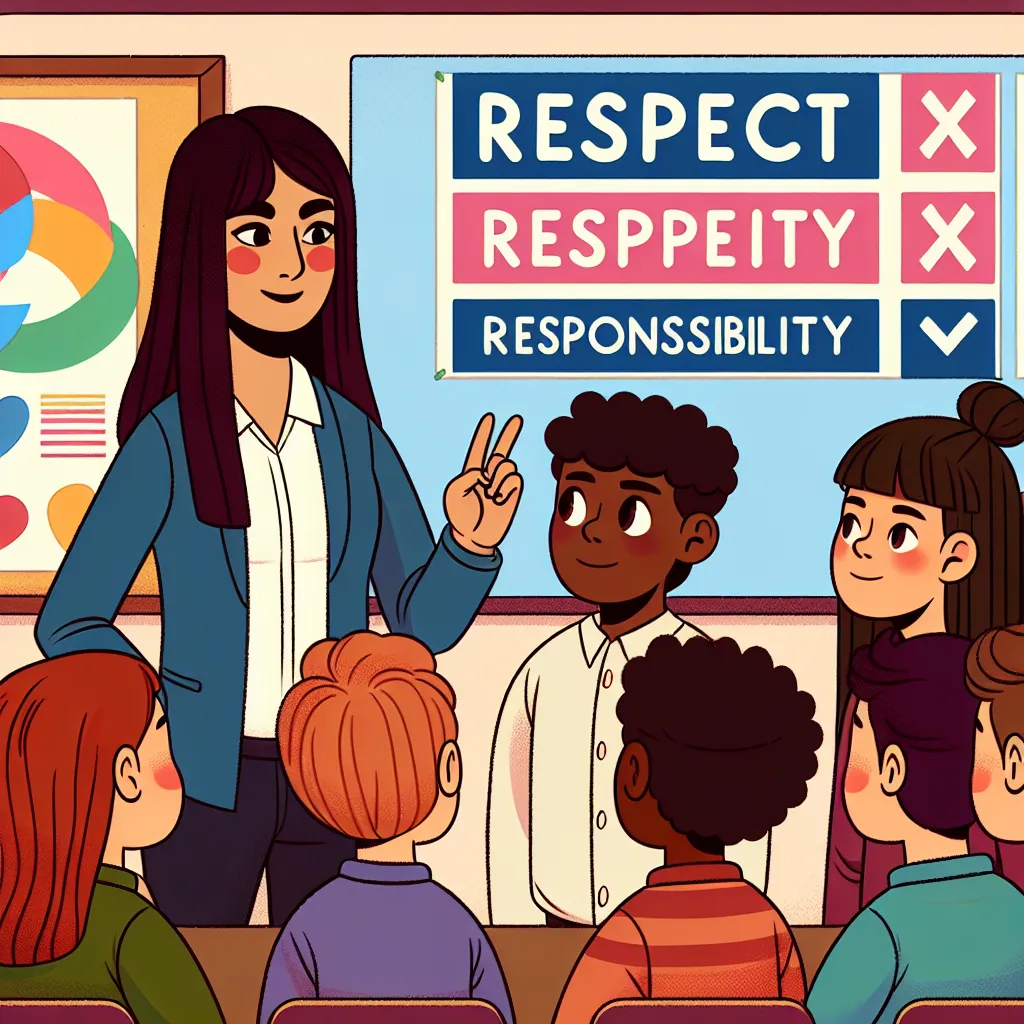
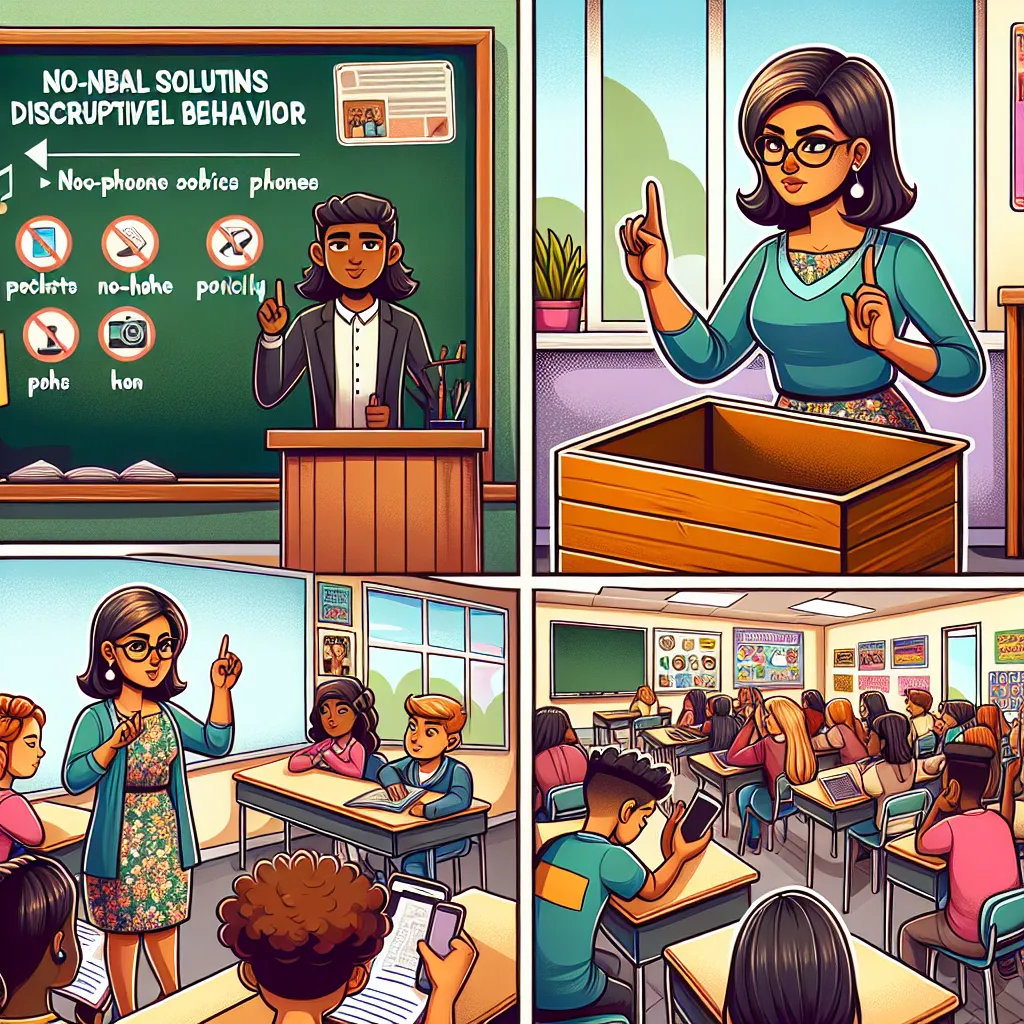

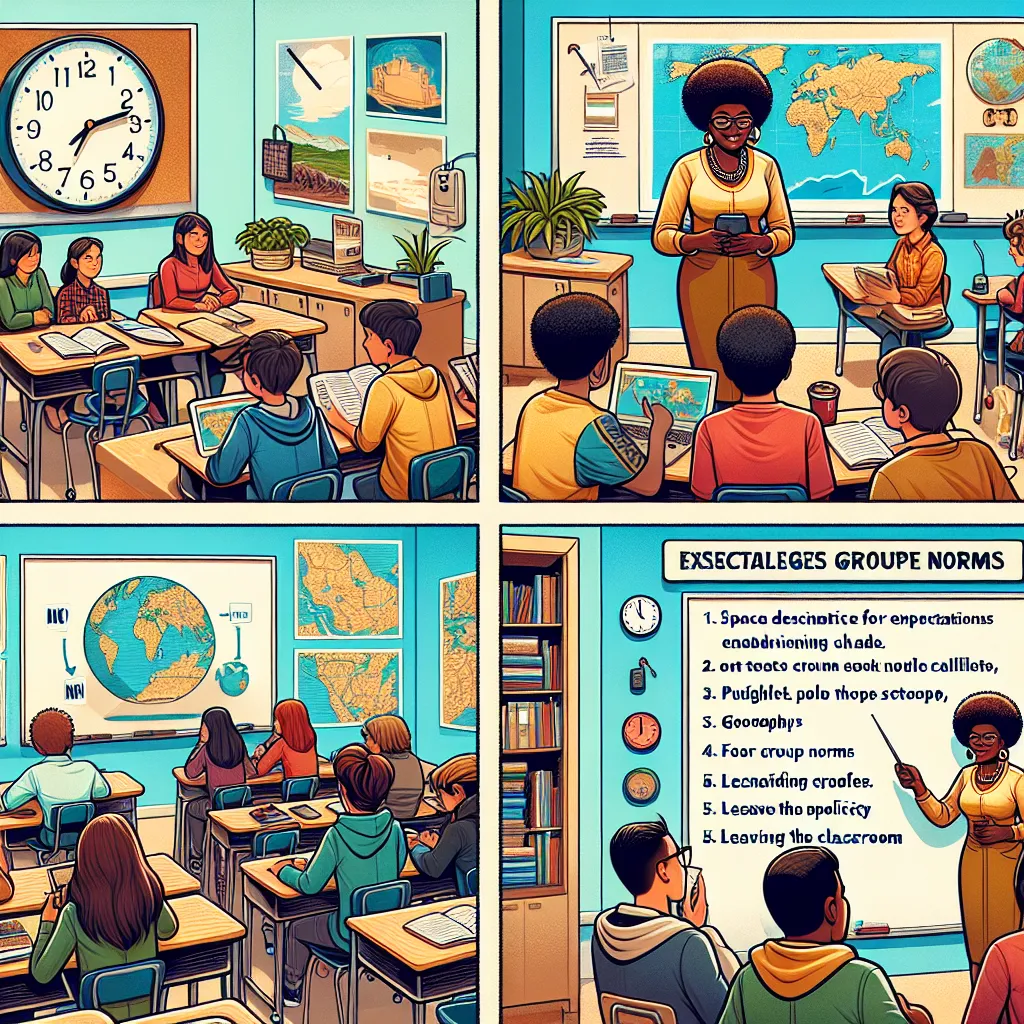
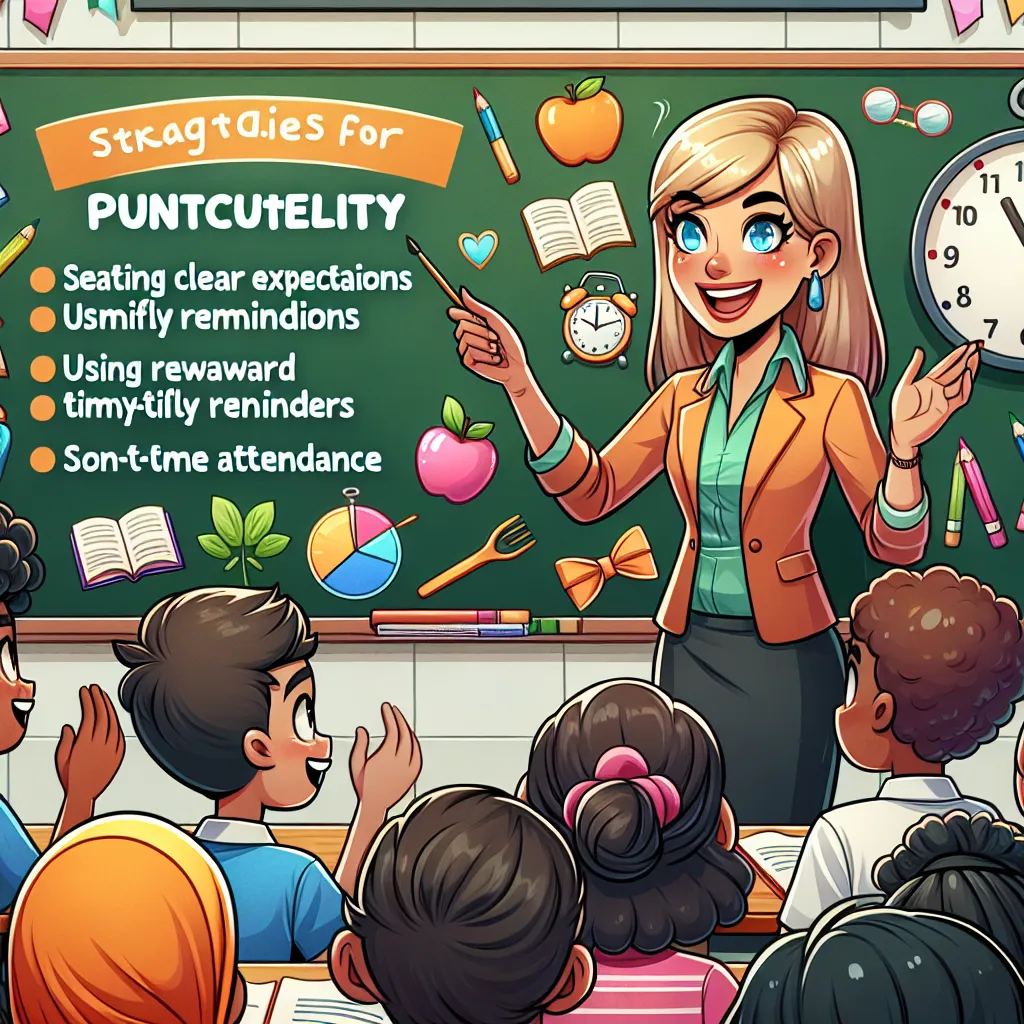

Post your own comment: